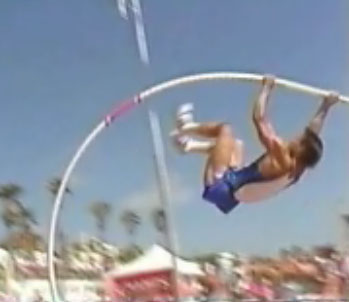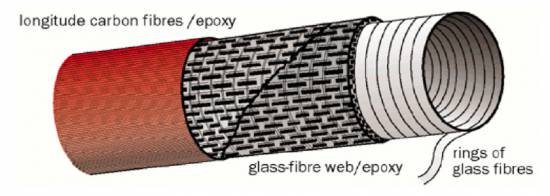I think too little attention has been given to Chuck Hollinger's "Swingwing". Granted it would not have stood up to very many G's but I saw it soaring at Little Mountain and gliding down hills and I was always impressed. It was a very high camber flying rigid wing with tip drag rudders. It had much more camber than my Skysail and of course more reflex to stabilize that high camber airfoil. But it flew very slow and had a very low sink rate. When he was soaring Little Mountain there were no others in the air.
I agree that for a lot of hang gliding that we do a low sink is more important than a high L/D. L/D is necessary for long cross country flights but all the time i was flying I always wanted to land in a nearby LZ. Usually my truck was parked there with some cold ones in an ice chest for end of the day mental re-flying.
I don't have any very good photos of Chuck's glider but I'll attach one I have. Notice the small amount of sweep.
I often wonder what became of his hang glider when he died of a sudden heart attack several years ago. While he was still alive, and flying his very interesting electric R/C canard glider designs, he told me it was in the rafters of his garage in Costa Mesa. It may still be there. If it still exists it would be good for one of us to resurrect it if only for ideas on wing design.
BTW - He used foam core plastic sheet, scored on the inside, to cover the "D-tube" leading edge. The longitudinal scores were brushed with white glue after forming around the LE section. I remember being very impressed with the light weight of his wing.
Frank C.
 Home
Home


